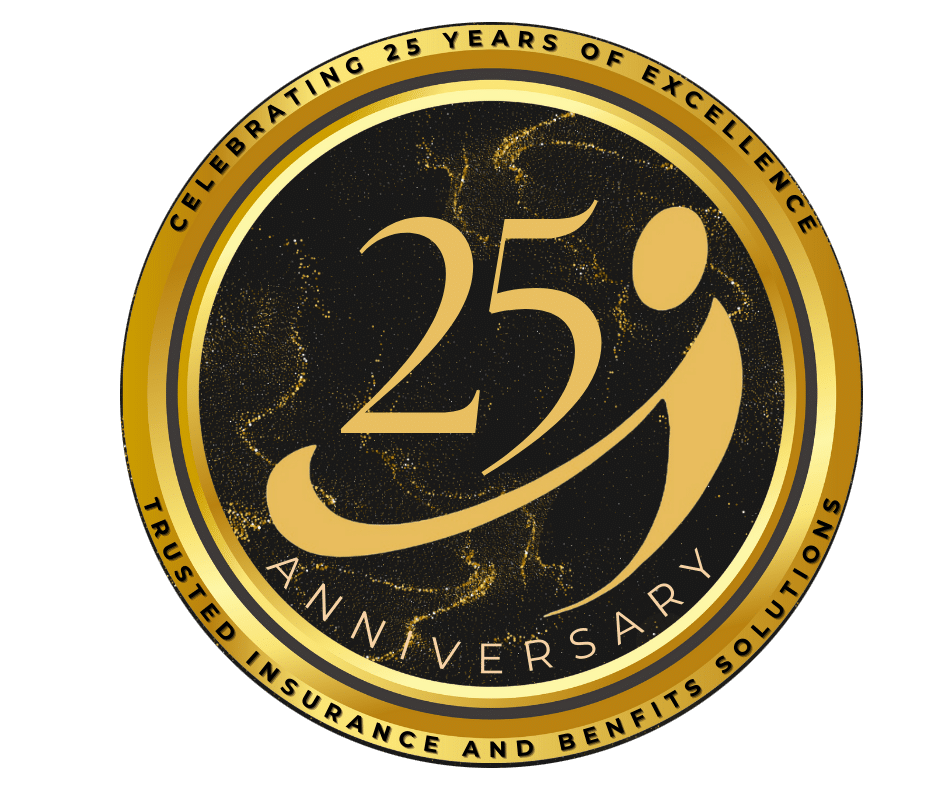Group Benefit Plan and Comparing RRSP and TFSA
Planning for retirement through a secure group benefit plan is a crucial financial milestone, and in Canada, two popular savings plans, the Registered Retirement Savings Plan (RRSP) and the Tax-Free Savings Account (TFSA), play significant roles in helping Canadians secure their financial future.
Explore these retirement savings options and learn about how they can be efficiently utilized to ensure a comfortable retirement.
Understanding the RRSP
The Registered Retirement Savings Plan (RRSP) is a government-approved account designed to help Canadians save for retirement. Contributions to an RRSP are tax-deductible, meaning you can reduce your taxable income by the amount you contribute, providing an immediate tax benefit.
Benefits of RRSPs
- Tax Deductions: As mentioned, contributions made to an RRSP are tax-deductible, allowing you to lower your taxable income. This is particularly advantageous if you’re in a higher tax bracket during your working years.
- Tax-Deferred Growth: Investments held within an RRSP grow tax-free, allowing your savings to compound over time without the burden of annual capital gains taxes.
- Spousal RRSPs: If your spouse has a lower income or expects a lower retirement income, contributing to a spousal RRSP can help equalize retirement income and reduce the overall tax liability as a couple.
- Homebuyer’s Plan (HBP): RRSP funds can be used under the Homebuyer’s Plan to finance a first-time home purchase, providing a tax-efficient way to buy your first home.

RRSP Considerations in Light of CPP Enhancements
In 2019, the Canadian government initiated enhancements to the Canada Pension Plan (CPP) that will be fully implemented by 2025. These changes require larger contributions but also offer larger benefits. While planning your retirement savings, it’s essential to factor in these CPP enhancements, as they may affect your overall retirement income strategy.
Before the CPP enhancement, contributions for employees and employers were calculated as 4.95% of the employee’s pensionable earnings up to the yearly maximum pensionable earnings (YMPE), less the basic exemption. During Phase 1 (2019-2023), contributions gradually increased to 5.95% in 2023.
In Phase 2 (2024-2025), referred to as the second enhanced CPP contribution, a 4% contribution rate will apply to earnings above the YMPE up to the yearly additional maximum pensionable earnings (YAMPE) ceiling. These changes will lead to larger CPP benefits for those who have contributed under the enhanced regime since 2019.
The Tax-Free Savings Account (TFSA)
The Tax-Free Savings Account (TFSA) is another valuable retirement savings tool in Canada. Unlike RRSPs, contributions to a TFSA are not tax-deductible, but the real benefit comes in the form of tax-free growth and withdrawals.
Benefits of TFSAs
- Tax-Free Growth: Investments within a TFSA grow tax-free, and you won’t owe any capital gains tax when you withdraw your funds.
- Flexibility: TFSAs offer more flexibility than RRSPs. You can withdraw funds at any time without penalties, and the withdrawn amount is added back to your contribution room the following year.
- No Age Limit: Unlike RRSPs, there is no age limit for contributing to a TFSA. You can continue to contribute even after you reach the age of 71.
- First Home Savings Account (FHSA): Introduced in 2023, the FHSA allows first-time homebuyers to save up to $40,000 for a home purchase in a tax-efficient manner.
The FHSA complements TFSAs by offering a unique way to save for your first home while enjoying tax benefits similar to those of an RRSP. Contributions are tax-deductible, and income earned within the FHSA is non-taxable. The FHSA also provides flexibility in terms of the maximum participation period and allows you to transfer funds from your RRSP tax-free, subject to specific contribution limits.
Conclusion
Both RRSPs and TFSAs play vital roles in helping Canadians save for retirement. The choice between the two depends on your individual financial situation, goals, and strategies. It’s essential to consider CPP enhancements and new options like the FHSA when planning your retirement savings. Examining the savings plan included with your group benefit plan and consulting a financial expert can help you create a comprehensive retirement strategy that maximizes your savings and ensures financial security in your golden years.
At Health Risk Services, we help managers of benefits plans make strategic decisions to craft cost-effective personalized plans that can pertain to saving plans that benefit your employee’s futures, such as for RRSPs and TFSAs. Whether the solution of preference for your company is adding additional support programs, renovating your existing coverage, or crafting intentional messaging, Health Risk is here to help!
To schedule your Complimentary Consultation with Health Risk Services, please call 403-236-9430 OR email: [email protected]













